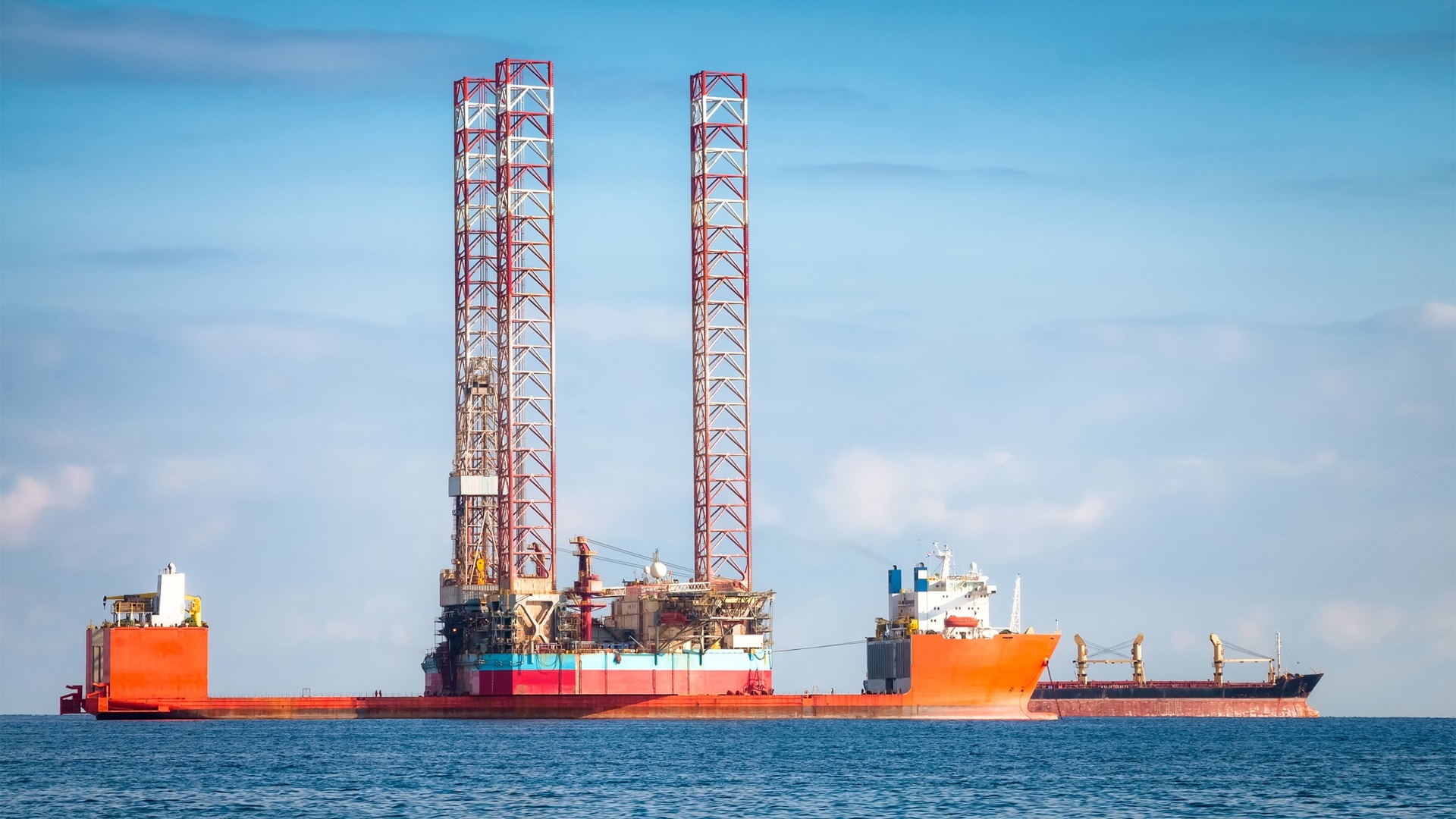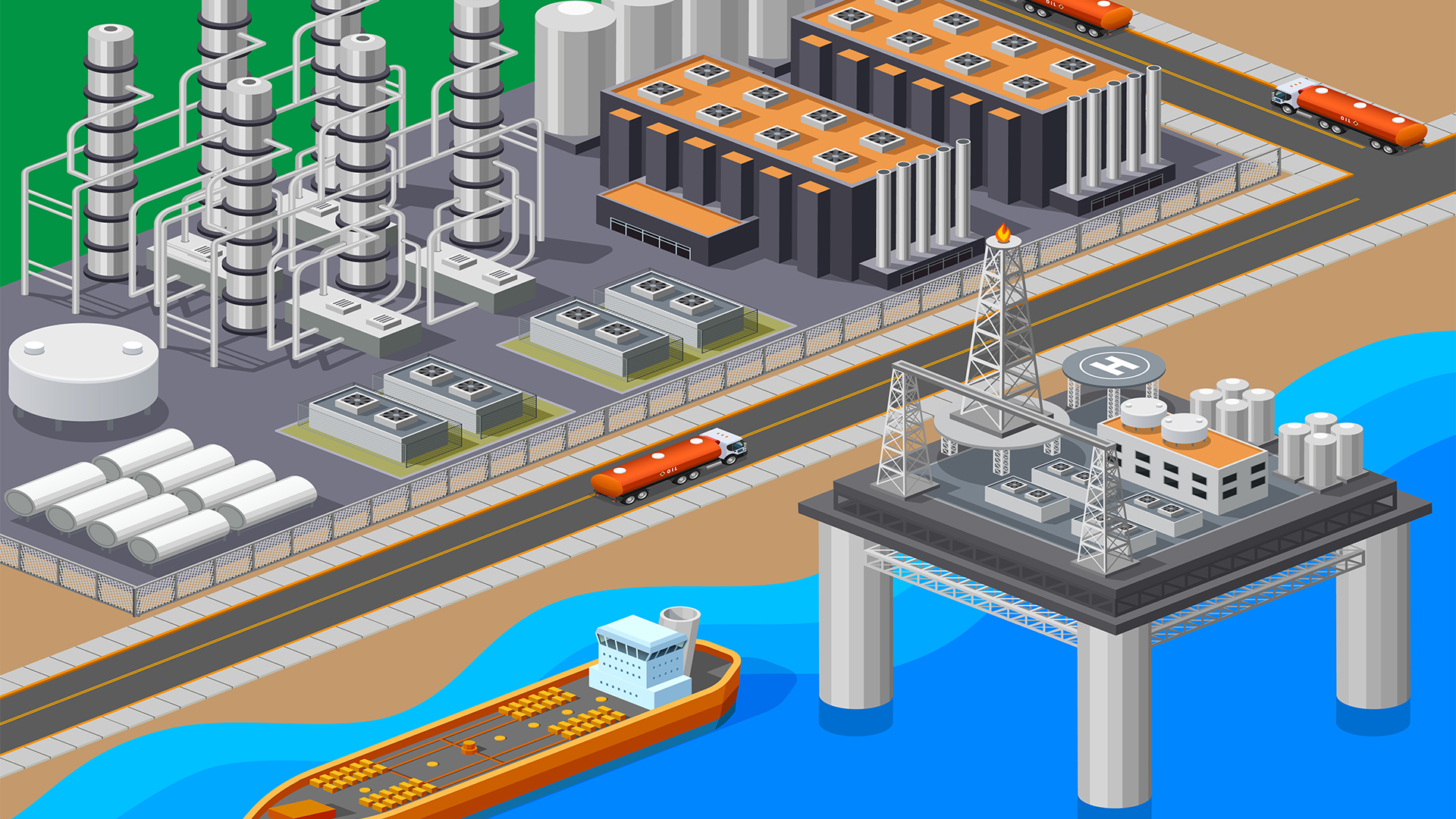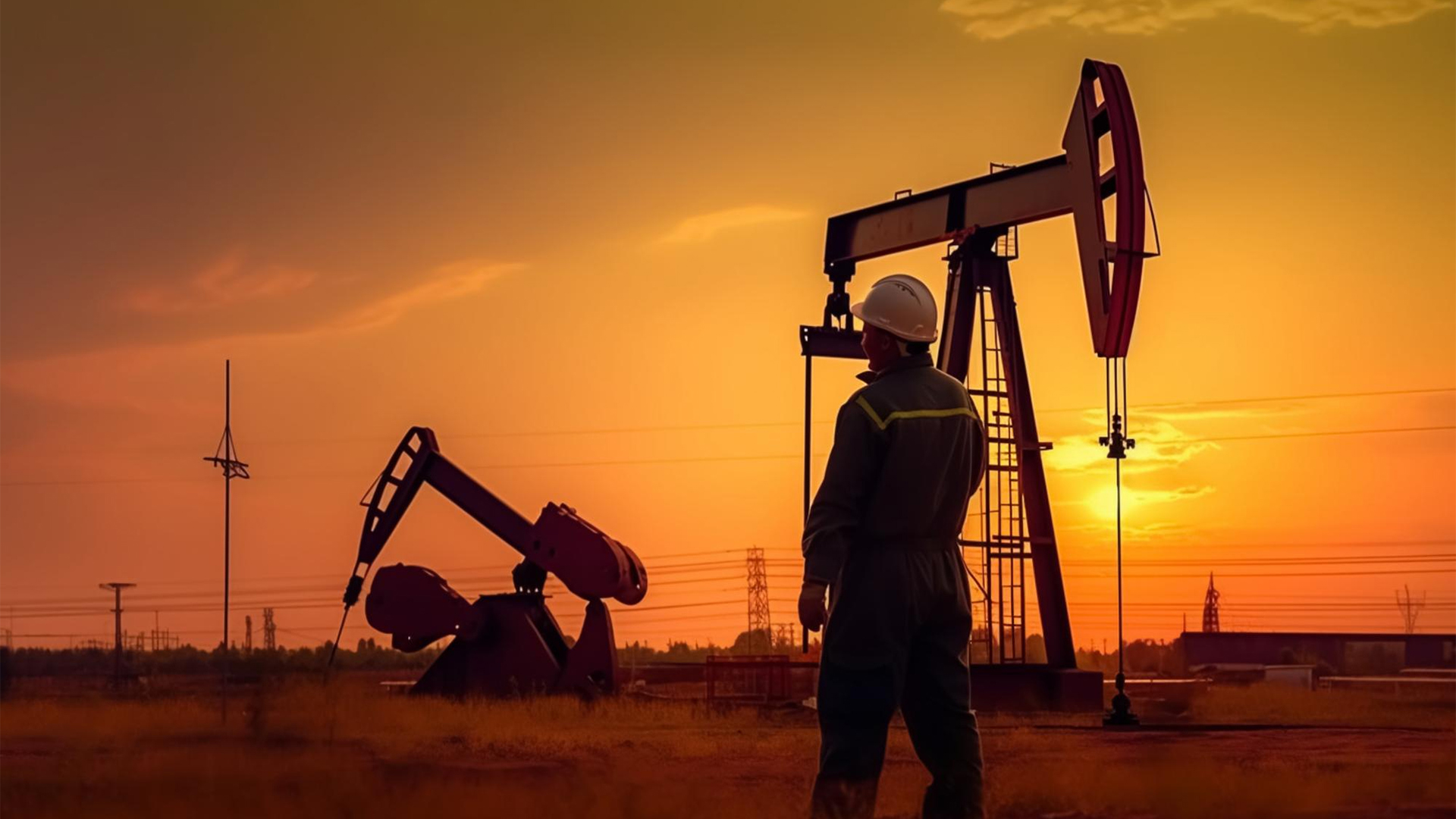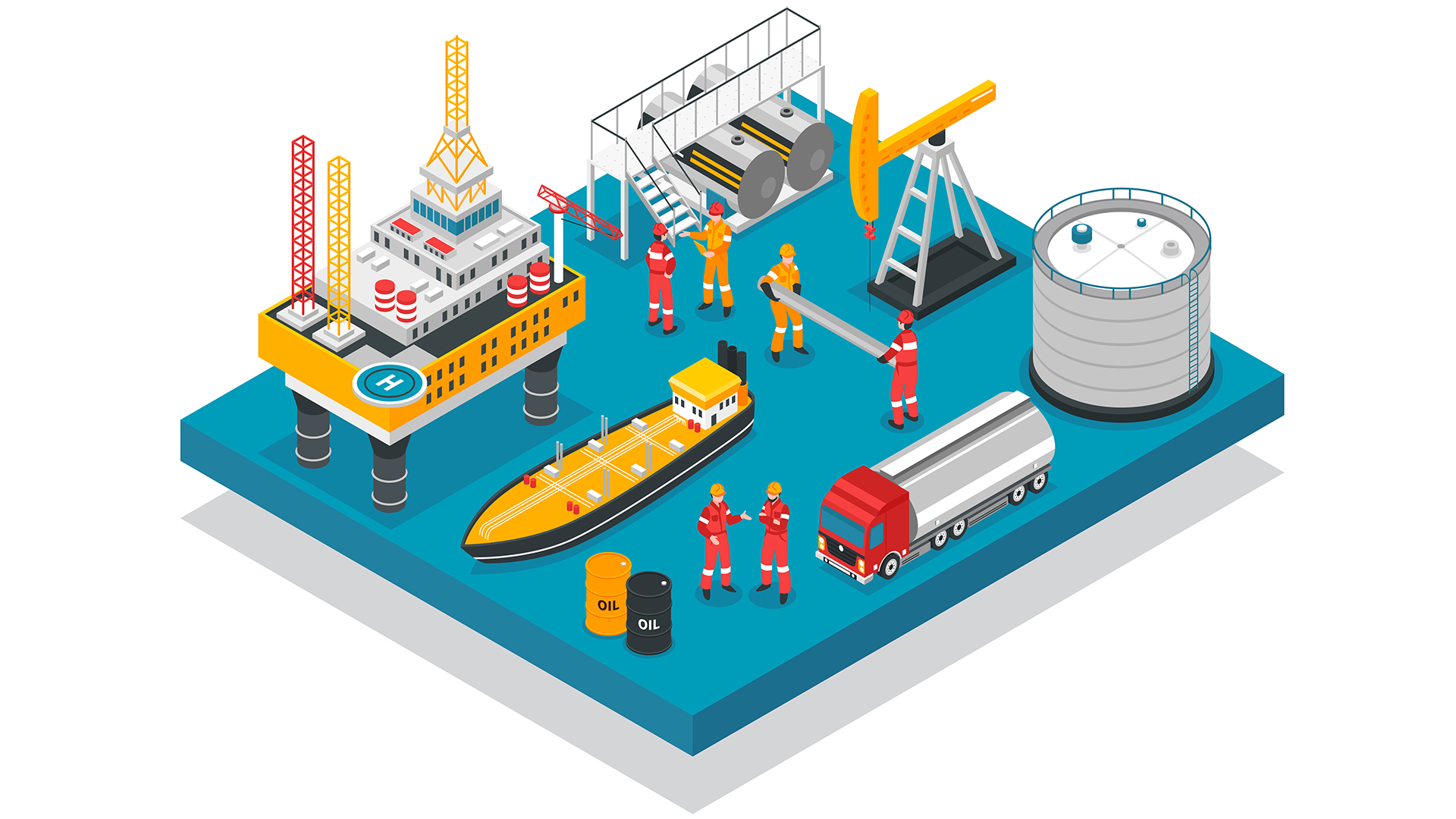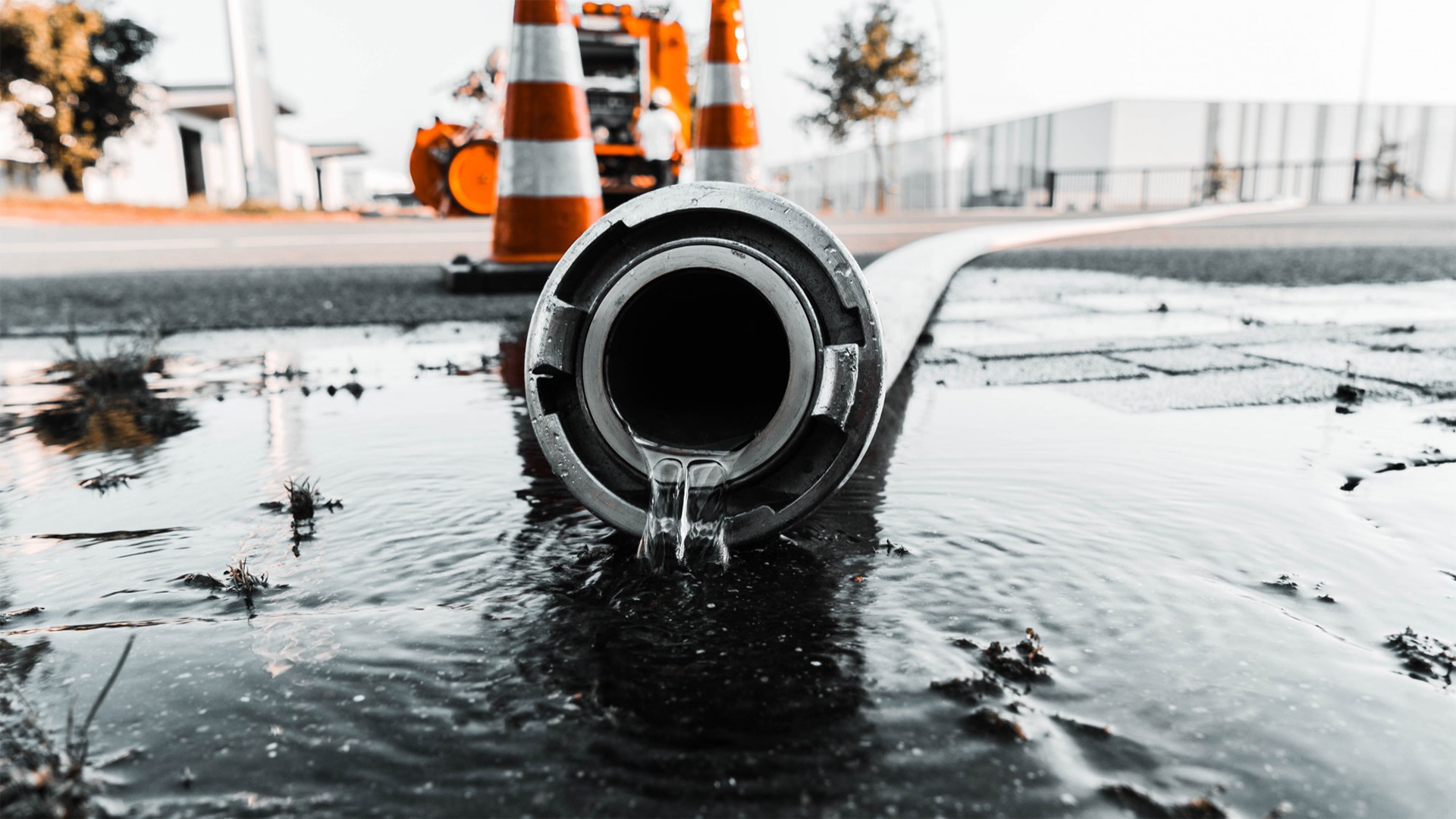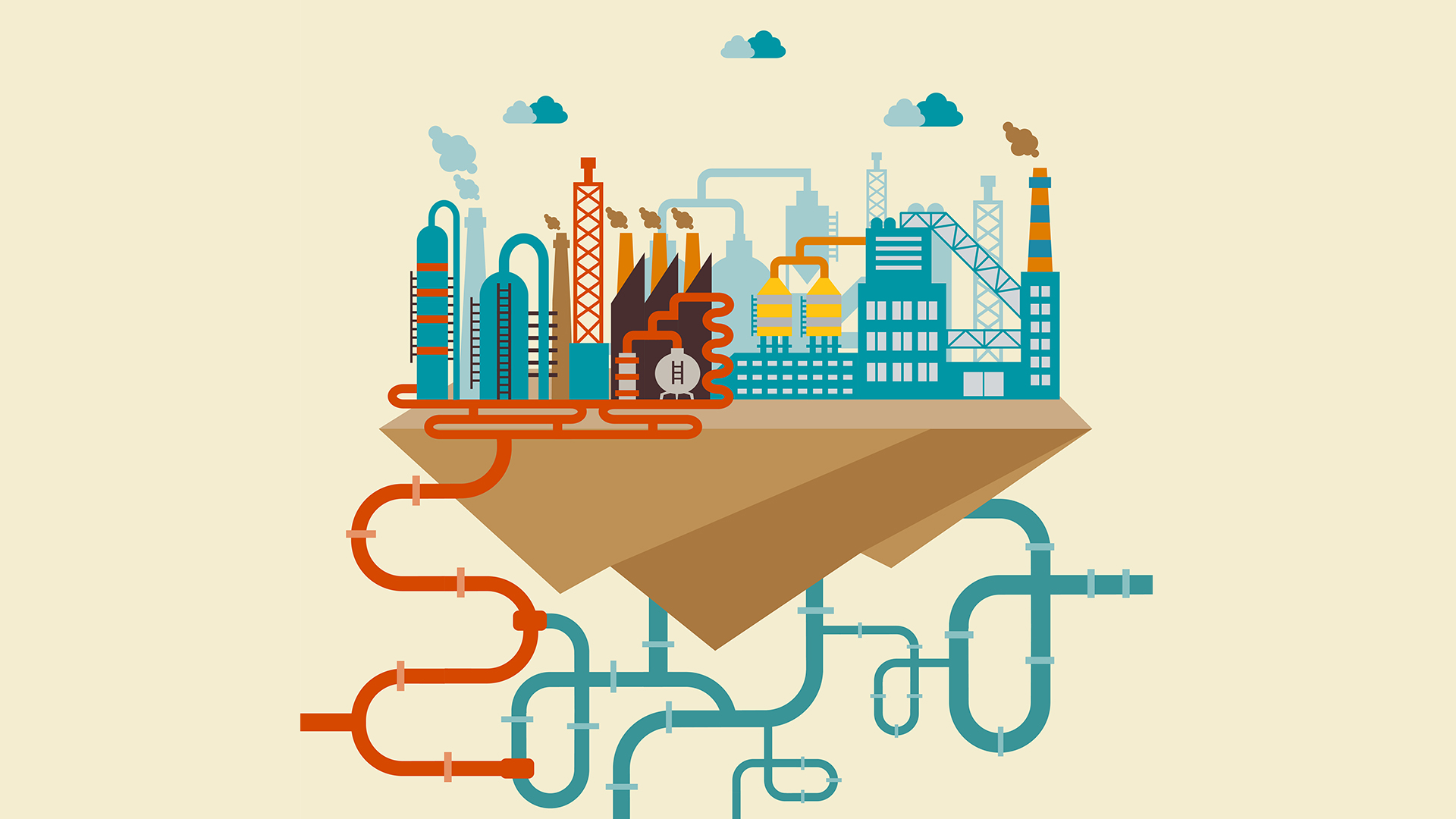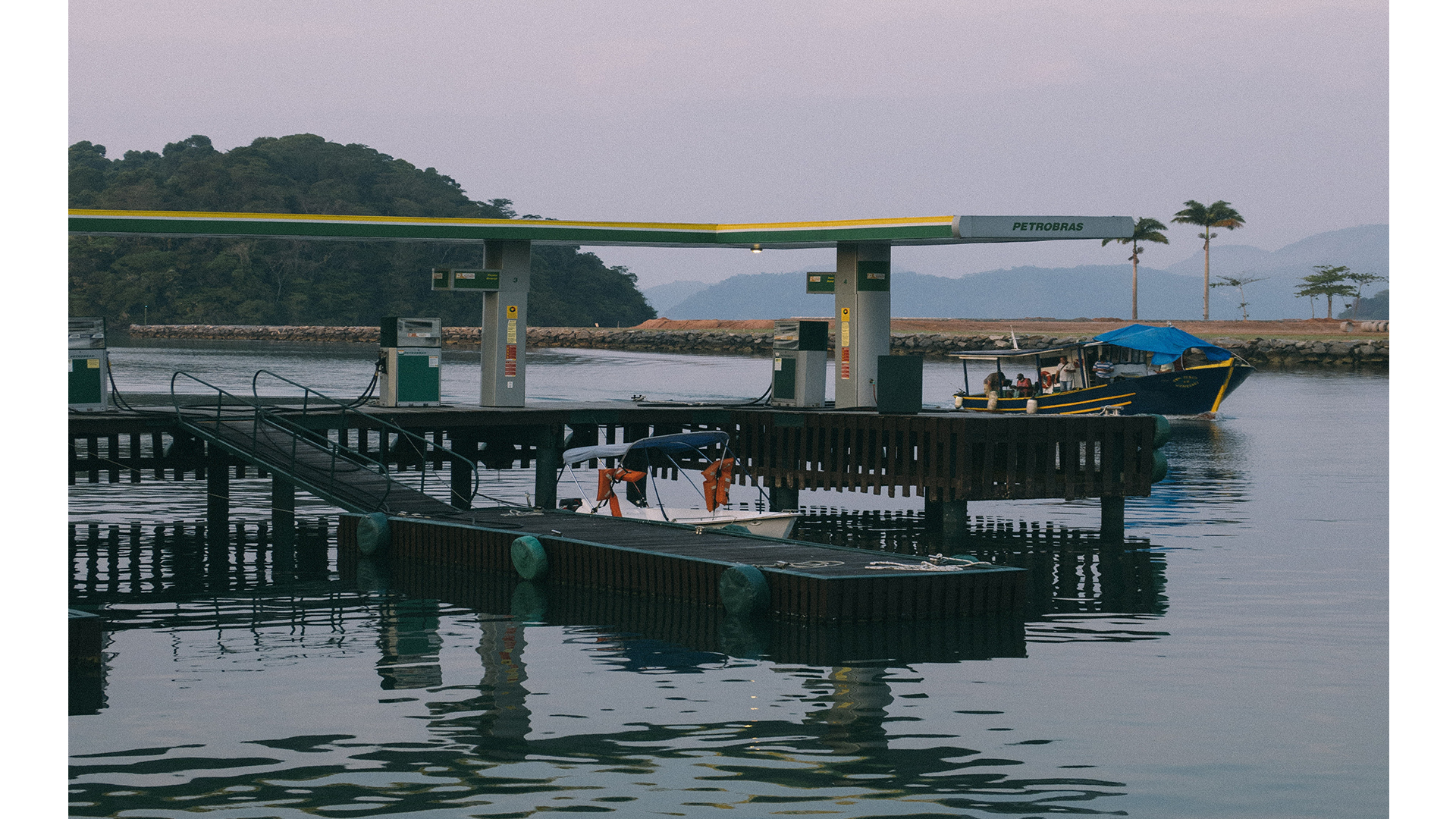
Advanced Marine Terminals Operation & Safety Standards
Course overview
The importation (unloading) and exportation (loading) of hydrocarbon raw materials and finished goods take place at oil and gas marine terminals, which are significant facilities. Crude oil, gases, different kinds of hydrocarbon compounds, intermediate petrochemicals, etc. are examples of possible raw materials.
The hundreds of finished hydrocarbon products include derivatives of processed gas as well as petroleum and petrochemical goods. Due to their potential for being highly combustible, poisonous, and corrosive, these arriving and departing oil and gas products present several risks.
They must be handled safely and managed operationally in accordance with international standards. In such terminals across the world, incidents with Health, Safety, and Environment (HSE) results or their potential repercussions are common. Fire, explosion, hazardous or fatal discharges, collapsing marine loading/unloading platforms & buildings, ship collisions, etc. are examples of major incidents.
Jetty and tank farm sites have often been connected at oil and gas terminals. To receive raw materials (unloading) and/or send out completed goods (loading), jetty contains the loading arms that dock with the ship. This creates connections between the ship and the onshore tank farm. Such oil and gas maritime facilities include a variety of operational, safety, and management characteristics around which this training course is developed.
Introduction
Oil & Gas Marine Terminals are key infrastructure used to facilitate the international transport of oil and gas. In order to respond to the ever-changing global energy demand, safety, efficiency, and reliability of these terminals is fundamental. The operation and management of these terminals need to be carried out in accordance with international standards and best practices in order to ensure safety and assist with their effective management. International standards for the operation and management of these terminals include the International Safety Management (ISM) Code and SOLAS (Safety of Life at Sea). The ISM Code sets out the requirements for companies operating ships in international waters. These include establishing safety procedures, as well as efficient and responsible operations. SOLAS requires ships to undergo safety inspections and certify that they are fit to carry passengers or cargo in international waters. It also sets out the responsibility of the carrier and port operator to provide reasonable measures to protect passengers and goods. These international standards are important as they ensure that the terminals are operated and managed in accordance with accepted safety standards, both for personnel and equipment. This reduces the risk of accidents or malfunctions taking place, therefore improving the overall safety of the terminal and reducing operational costs. Additionally, oil & gas terminals can be subject to additional safety
We are The Training Bee, a global training and education firm providing services in many countries. We are specialized in capacity building and talent development solutions for individuals and organizations, with our highly customized programs and training sessions.
Learning Objectives
Upon completing Advanced Marine Terminals: Operation & Safety Standards, participants will be able to:
- Recognize the fundamental design of an oil and gas marine terminal.
- Recognize the administration and operations of an Oil & Gas Marine Terminal.
- Take note of the maritime conventions regarding ship entry into port channels, docking, and undocking.
- Examine the review of the paperwork conducted in accordance with SOPs.
- Examine the value of shift crew briefings and smooth ship-to-shore communication.
- Perform loading and unloading operations risk assessments.
Our Unique Training Methodology
This interactive course comprises the following training methods:
- Role-playing – Participants will take part in several role-plays and understand practical ways of solving issues.
- Journaling – This consists of setting a timer and letting your thoughts flow, unedited and unscripted recording events, ideas, and thoughts over a while, related to the topic.
- Social learning – Information and expertise exchanged amongst peers via computer-based technologies and interactive conversations including Blogging, instant messaging, and forums for debate in groups.
- Mind mapping and brainstorming – A session will be carried out between participants to uncover unique ideas, thoughts, and opinions having a quality discussion.
- Interactive sessions – The course will use informative lectures to introduce key concepts and theories related to the topic.
- Presentations – Participants will be presented with multimedia tools such as videos and graphics to enhance learning. These will be delivered engagingly and interactively.
Training Medium
This Advanced Marine Terminals: Operation & Safety Standards training is designed in a way that it can be delivered face-to-face and virtually.
Course Duration
This training is versatile in its delivery. The training can be delivered as a full-fledged 40-hour training program or a 15- hours crash course covering 5 hours of content each day over 3 days
Pre-course Assessment
Before you enroll in this course all we wanted to know is your exact mindset and your way of thinking.
For that, we have designed this questionnaire attached below.
- What are the international standards that govern Oil & Gas Marine Terminals operations, management, and safety?
- What risk management measures should be taken in order to ensure safe and efficient operations of Marine Terminals?
- What processes and procedures are necessary to maintain safety and integrity throughout the terminal and its operations?
- How should the safety of Oil & Gas Marine Terminal personnel be managed and monitored in a responsible manner?
- How is environmental sustainability addressed when planning terminal operations and management?
- What safety considerations should be taken into account when planning the construction and maintenance of pipelines and structures within a Marine Terminal?
Course Modules
This Advanced Marine Terminals: Operation & Safety Standards covers the following topics for understanding the essentials of the Agile Workplace:
Module 1 – An oil and gas marine terminal’s basic layout
- Jetty: docking and mooring platforms, loading arms, connecting bridges, and berthing and mooring dolphins
- Motorized valves, slop oil containers, and piping
- Trestles for access
- Gangways
- Access Highways
Module 2 – PROTOCOLS FOR THE SEA
- Regulations for Marine Terminal Ports
- Ship Entry, Docking, and Undocking in Port Channels
- Roles of tugs in ship and berth compatibility and draught restriction Ship and berth compatibility
- Avenues of communication
- Controls for loading and unloading documentation
Module 3 – Risk evaluation for the operation of loading and unloading
- Handling materials’ flammability, exclusivity, toxicity, and corrosively
- Weather patterns and wind speed
- Wave positions
- Port obstruction
- Mooring
- Language hurdles between the ship’s crew and the shore staff Hydrocarbon liquid spills that are now present on the ocean surface
Module 4 – MANAGEMENT AND OPERATIONS OF AN OIL AND GAS MARINE TERMINAL
- Loading and Unloading by the Terminal Manager Operations shift crew and shift manager
- Staff on the maintenance shift
- Shift crew for fire and safety
- Gauges and Alarms for the Cargo System
- Briefing on loading/unloading
Module 5 – THE JETTY AND THE TANK FARM’S SAFETY AND FIRE PROTECTION FEATURES
- Fire water hydrant networks with hoses Fixed fire and gas detectors
- Systems for fire water spray/deluge for designated tanks and vessels
- Tower monitors for the fire water and foam system A fire water barrier between the ship and the jetty Portable fire extinguishers
Module 6 – THE IMPORTANCE OF MAINTENANCE AND INSPECTION
- Management of asset integrity
- Observation of deterioration
- Analysis of data and communication of high-risk situations to terminal management
- Safety-critical equipment and objects are inspected, including:
- Emergency Release Coupling (ERC) for Loading Arms
Module 7 – EMERGENCY RESPONSE AND OPERATIONAL/HSE INCIDENT STUDY
- Emergency Release Coupling (ERC)/Powered Loading Arm Investigating the causes of events at marine ports worldwide and coming up with ideas for preventing recurrence are tasks for the ERC.
- Participation of attendees in solution ideas
Module 8 – BEST PRACTISES AND ASSOCIATED INTERNATIONAL MARINE STANDARDS
- ROPME is a regional organization dedicated to protecting the marine environment.
- The International Maritime Organization’s (IMO) rules and regulations
- Guidelines for Environmental, Health, and Safety Ports, Harbors, and Terminals (World Bank Group), Health & Safety Executive (HSE UK), International Labor Organization (ILO), and other global regulations
Post-course Assessment
Participants need to complete an assessment post-course completion so our mentors will get to know their understanding of the course. A mentor will also have interrogative conversations with participants and provide valuable feedback.
- What processes must be followed when planning the development of an oil and gas marine terminal?
- What essential safety measures must be taken when managing a marine terminal?
- How do international standards dictate the manner in which a marine terminal should be operated and managed?
- What procedures should be followed for risk analysis and assessment in the context of operations and management of an oil and gas marine terminal?
- What challenges should be considered when implementing and overseeing safety programs at an oil and gas marine terminal?
- How can operations and management of a marine terminal be best optimized to maximize safety and minimize risk?
Lessons Learned
The lesson learned from Oil & Gas Marine Terminals is that operations must be conducted in a safe manner and be in compliance with international standards to ensure safety and environmental sustainability. The use of technology and best practices are key components to establishing a robust and secure operating environment. The terminal operators must strive to continually improve operations and safety by up skilling employees, monitoring and responding to incidents quickly, and staying up to date on safety regulations and standards. Good risk management, effective communication, and continuous improvement will ensure that Oil & Gas marine terminals remain safe and secure for both workers and the environment.
“Utilizing the capabilities of Oil & Gas Marine Terminals while maintaining the highest standards of operational and safety”
